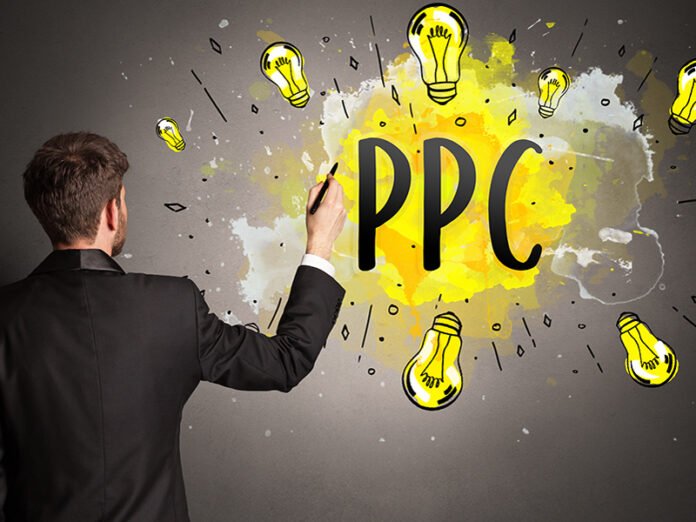A PPC campaign (Pay-per-click) allows companies to target specific customer profiles that are most likely to purchase a product or enquire about a service. There are numerous ad platforms, from Google Ads to Facebook Ads and a variety of social media platforms, not to mention a range of ad formats and jargon, making investing in a digital media campaign a daunting prospect for some.
These are 5 simple steps to grow your business with a highly targeted PPC campaign:
1. Define your goal
The most important part of starting a PPC campaign is defining what you want to achieve from the campaign to grow your business. Understanding the goal will help you establish which platforms and combination of ad types to use.
The most common goals are generating sales and acquiring new leads. These campaigns would entail tracking conversions of sales made from product listing ads, or forms completed for lead generation ads. Other goals such as traffic generation and brand awareness would involve maximising the reach of your audience.
If you would like to achieve a combination of goals, then you will need to prioritise the goals and split out the investment accordingly.
2. Define your target audience
Your existing customers are a reflection of your ideal target market, therefore if you have contact details for 1 000 customers, you will be able to leverage that data to do re-marketing to them to encourage repeat business. You will also be able to create prospecting audiences based on similar traits from your customer list that have a high likelihood to convert.
Discover new customers by having a clear definition of your customer profile beyond simple demographic information such as age and gender. Considering their habits and interests will allow you to target audiences that may have an affinity for your product. Also taking into account recent purchase intent will allow you to target audiences that are in the market for your product, for example, recent vehicle purchases will likely be in the market for car insurance.
3. Determine your budget
Determine how much you are willing to spend to start your PPC campaign. Keep in mind you can start with a small investment to test strategies and tactics, and scale once you have found the optimal return on advertising spend.
A good strategy would be balancing repeat business while acquiring new customers to grow your client base. Assess how much you are willing to invest in retaining customers as well as evaluate the maximum cost per acquisition required to remain profitable.
4. Ad and landing page message
Ensure you meet the expectations of your potential customer by having a consistent message on your ad content and landing page. The landing page needs to expand on the content of the ad by addressing the needs of the user and explain how your product or service will fulfil their needs. For example, someone searching to purchase denim jeans would expect to see on the landing page – description, sizes, price, and images of the products.
Don’t forget to include simple call-to-action terms such as “buy now” and “sign up for more information” to instruct the users on how to complete the transaction. The fewer clicks there are to complete the transaction, the higher the probability of someone converting.
5. Analyse to optimise
Analyse the results of the campaign to determine how to improve the engagement of the ads and drive more conversions. The click-through rate (CTR) indicates how your audience reacted to the content of your ad and whether it was relevant to their needs. Determine the ideal cost-per-click (CPC) you are willing to pay to get your ad seen. Evaluate the cost-per-acquisition (CPA) and return-on-ad-spend (ROAS) to determine the effectiveness of your investment.
Ensure you have website analytics in place to be able to track your customer’s journey on your website and their engagement with your digital campaigns. Google Analytics is a free analytics tool that is easy to implement and will provide insights into your website traffic to better understand your customers. Analysing both the campaign results and website data will help determine which channels and campaigns are performing well to further optimise the campaign and to adjust budget.
These 5 steps are a guide to start using PPC campaigns to grow your business. Gradually, you will be able to determine which ad types and audiences will convert at the right cost to utilise your investment optimally.
 Ariel Sumeruk is the owner of Conversion Science.
Ariel Sumeruk is the owner of Conversion Science.





